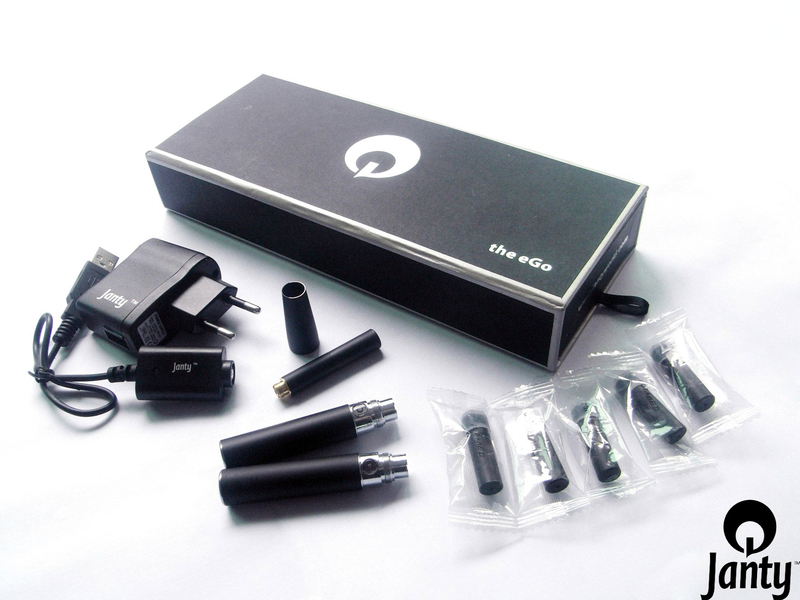
I ran across this article written by Kristin Noll-Marsh. I thought it was well assembled and contained some good information and asked her if I could re-post it here. She agreed. –7
 Are Electronic Cigarettes Safe?
Are Electronic Cigarettes Safe?
by Kristin Noll-Marsh
Recently, there has been media coverage about the safety of electronic cigarettes, which may be confusing and a bit scary.
History
Electronic cigarettes were intended to be a less-toxic (or “safer”) option to smoking tobacco cigarettes, but not a treatment to quit smoking. Chinese pharmacist Hon Lik invented the e-cigarette in 2003 with a patented ultrasonic technology. Hon Lik was inspired to invent this smoking alternative, because his father was dying from lung cancer. Since then, most e-cigarette manufacturers use a heating element that vaporizes the nicotine liquid instead.
Nicotine
It’s well documented that currently available treatments for smokers, nicotine replacement therapies such as patches and gums, are largely ineffective, with just a 7% success rate after 12 months. This is largely due to the fact that smokers aren’t just addicted to the nicotine; they are addicted to the actual habit and ritual of smoking a cigarette. It is a comfort system for them. That is even stronger than nicotine addiction.
However, the greatest danger in cigarette smoking is not the nicotine. Nicotine, while highly addictive, is a stimulant similar to caffeine and not toxic in low, intermittent doses, which is why it can be used in nicotine replacement therapies. Nicotine, by itself, does NOT cause cancer, but is known to have some side effects. Cigarette smoke, on the other hand, contains more than just nicotine. It contains hundreds of toxic chemicals and dozens of known carcinogens.
Hon Lik seems to have believed that there could be an option for smokers, to still have the act of smoking, while limiting exposure to the chemicals, toxins and carcinogens found in tobacco smoke. He had to have known that the smoker would still need relief from the nicotine addiction, so to get them to switch to the less toxic electronic cigarettes; he had to include doses of nicotine. The typical electronic cigarette liquid contains water, propylene glycol, glycerin, nicotine & food-grade flavoring.
Read more: http://www.drugs.com/sfx/nicotine-side-effects.html
Diethylene glycol
You may have heard that the FDA found traces (1%) of diethylene glycol in one Smoking Everywhere brand prefilled cartridge. Diethylene glycol is a highly toxic substance used in tobacco processing (and in anti-freeze) and is NOT used to manufacture electronic cigarette liquid. Because it used in tobacco processing, cheaper, less refined nicotine may become contaminated with traces of diethylene glycol. It is the most likely explanation of how one cartridge may have been contaminated. The other 17 cartridges were not found to have been contaminated with diethylene glycol. Many liquid manufacturers use U.S. made pharmaceutical-grade nicotine, the same as used in FDA-approved nicotine patches and gums and should not contain any diethylene glycol.
Read more: Diethylene glycol – Wikipedia, the free encyclopedia
Propylene Glycol
Propylene glycol is commonly confused in the media with diethylene glycol as the toxic ingredient found in antifreeze. (Anti-freeze is actually most commonly made with ethylene glycol.) While propylene glycol can be found in some antifreeze, it is actually added to it to make it LESS toxic.
“Antifreeze typically contains ethylene glycol as its active ingredient, but some manufacturers market propylene glycol-based antifreeze, which is less toxic to humans and pets. The acute, or short-term, toxicity of propylene glycol, especially in humans, is substantially lower than that of ethylene glycol. Regardless of which active ingredient the spent antifreeze contains, heavy metals contaminate the antifreeze during service. When contaminated, particularly with lead, used antifreeze can be considered hazardous and should be reused, recycled, or disposed of properly.”
Read more: http://www.epa.gov/waste/conserve/materials/antifree.htm
Propylene glycol is actually approved for human consumption by the FDA and approved for human inhalation by the EPA. It is a common ingredient in many foods and medicines, such as McCormick (and other brand) imitation food flavoring, toothpaste, cough syrup, hand sanitizer, lotions, cosmetics and more.
Read more:
http://www.epa.gov/oppsrrd1/REDs/propylene_glycol_red.pdf
Tobacco-specific Nitrosamines
The FDA analysis found “tobacco-specific nitrosamines” in the samples tested. These nitrosamines are created during the curing and processing of tobacco and would be expected to be found, in trace amounts, in nicotine extracted from processed tobacco. In tobacco smoke, they are found in high concentration and are a leading cause of tobacco-related cancers. These carcinogens were found in much smaller amounts in the electronic cigarette liquid and are found in other tobacco and nicotine products, including chew, snuf, patches, gum and inhalers. A study at Oxford concluded that the highest levels of these nitrosamines are found in the reaction of tobacco smoke and minimal in NRTs. Levels of nitrosamines found in electronic cigarettes are at or below those found in NRTs.
Read more:
http://en.wikipedia.org/wiki/Tobacco-specific_nitrosamineshttp://www.ecassoc.org/downloads/Response-to-the-FDA-Summary.pdf
Flavoring
Most companies use water-based, food-grade flavorings for their liquids. They make up a very small percentage of the total liquid content. These have been approved by the FDA for ingestion, but the effect of long-term inhalation has not been tested.
Most of the ingredients in electronic cigarette liquid has been tested and approved for long-term exposure in humans, but not when they are all mixed together. There are also no set minimal standards for manufacturing and the FDA has not approved any liquid for sale or use. The FDA wants to classify electronic cigarettes as a drug and drug delivery device for smoking cessation and wants appropriate studies done to show that they are safe. It is unklnown if the FDA will compare the safety of electronic cigarettes to that of smoking tobacco cigarettes long term or to using NRTs short term, to quit smoking.
Now you have the facts. You decide, for yourself, if you consider electronic cigarettes are safe (or at least safer than tobacco cigarettes) for YOU.